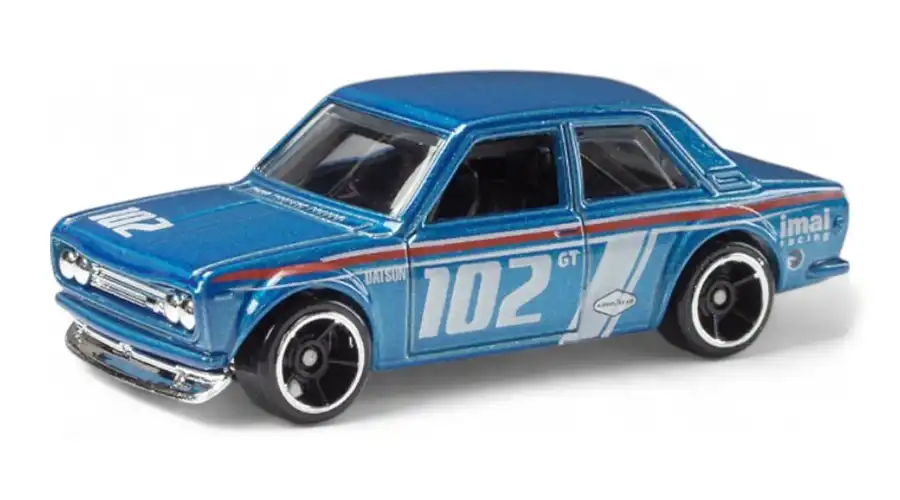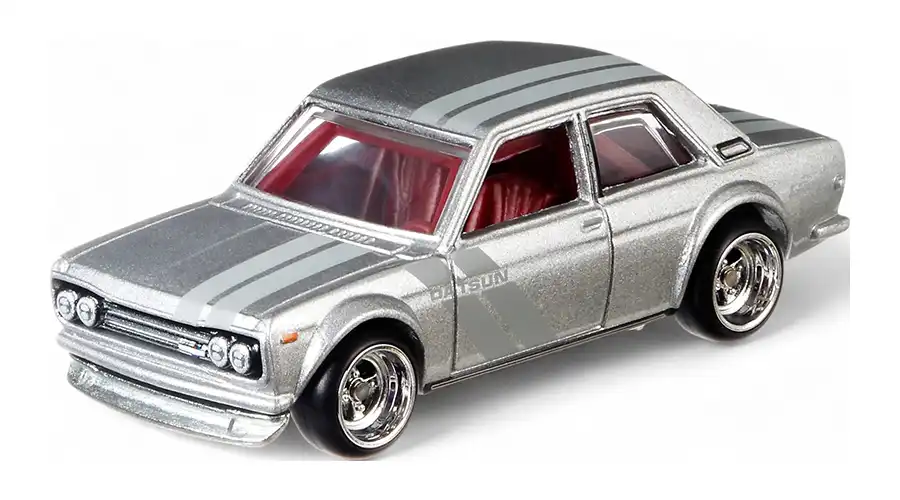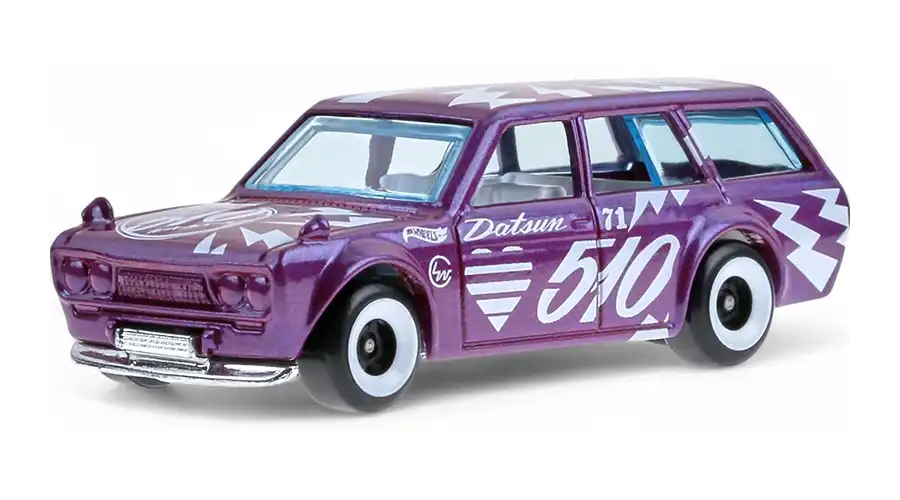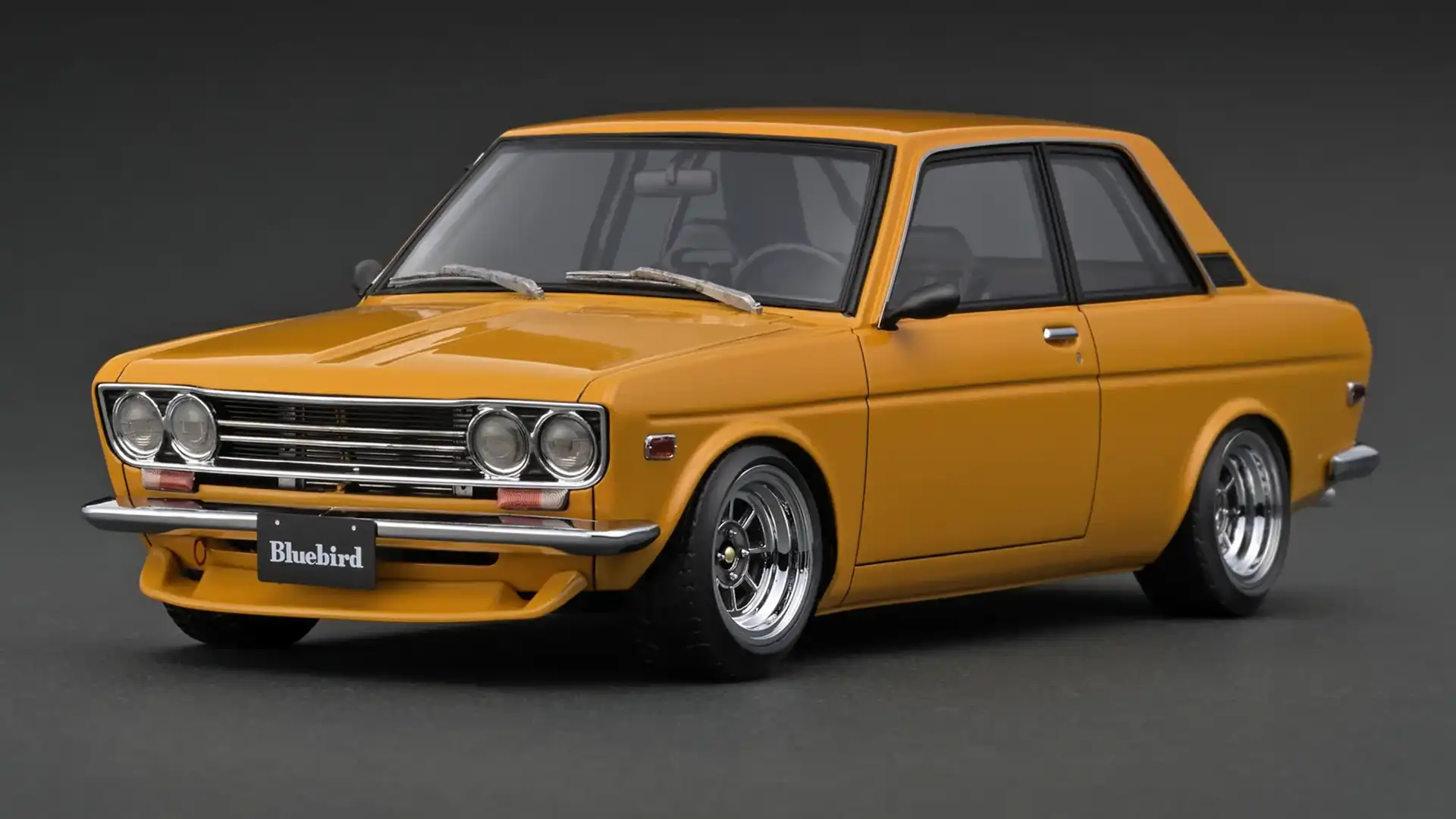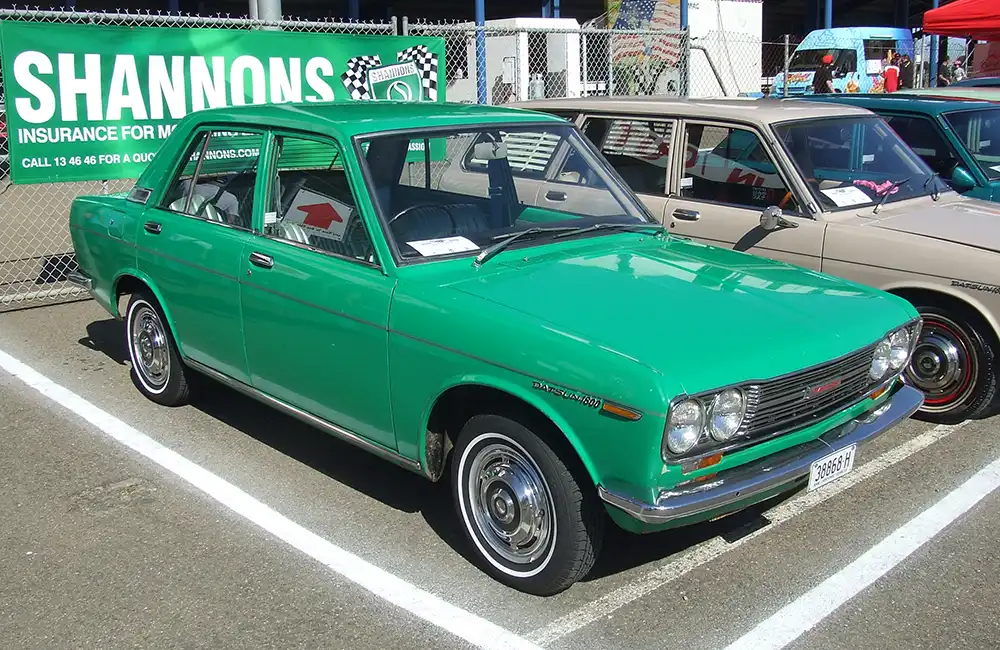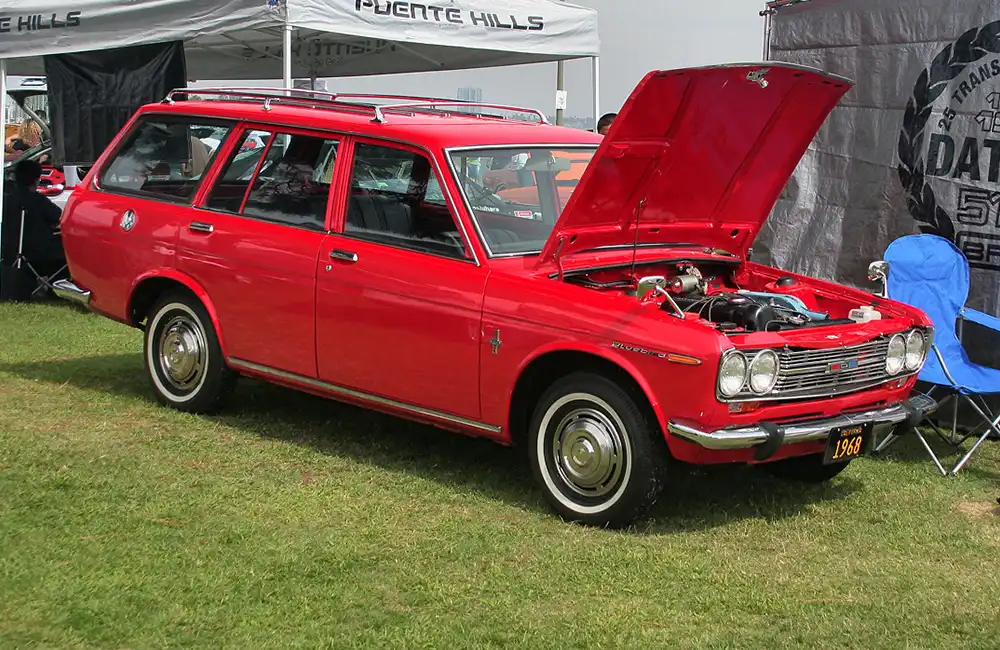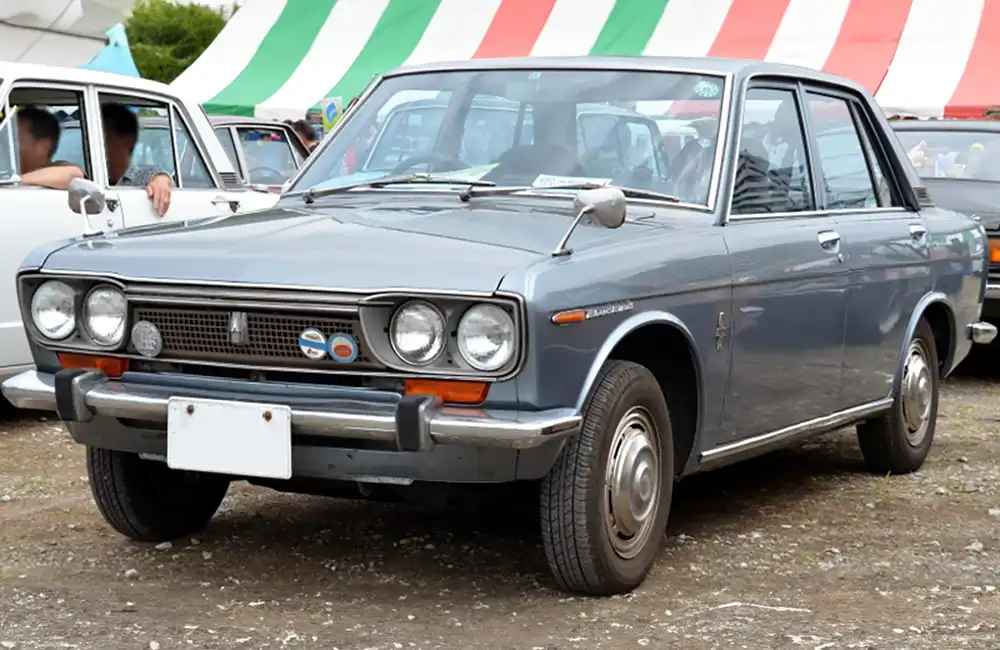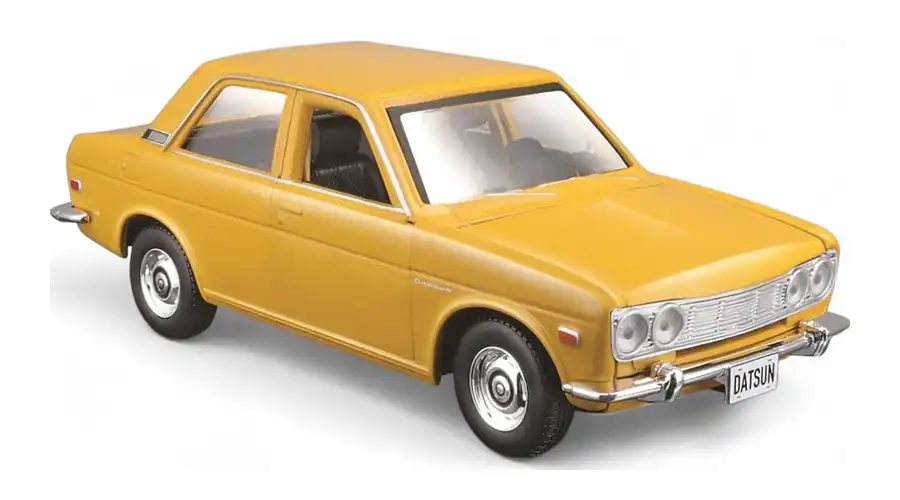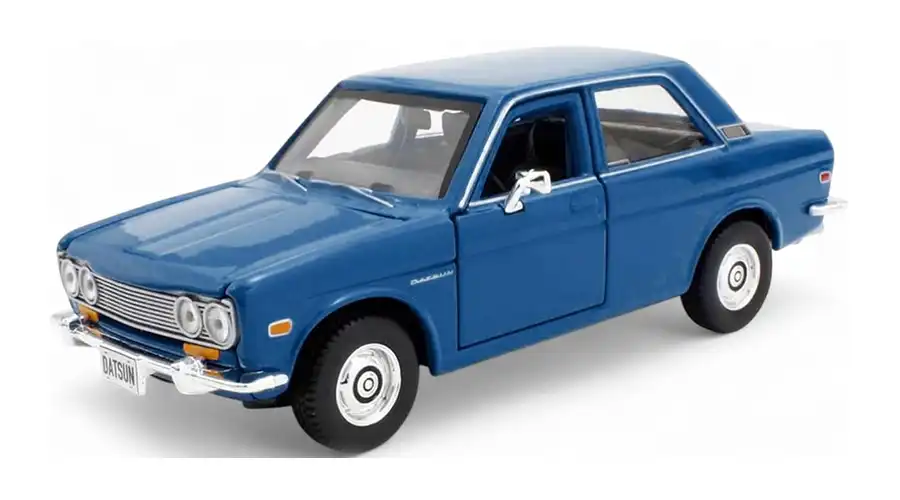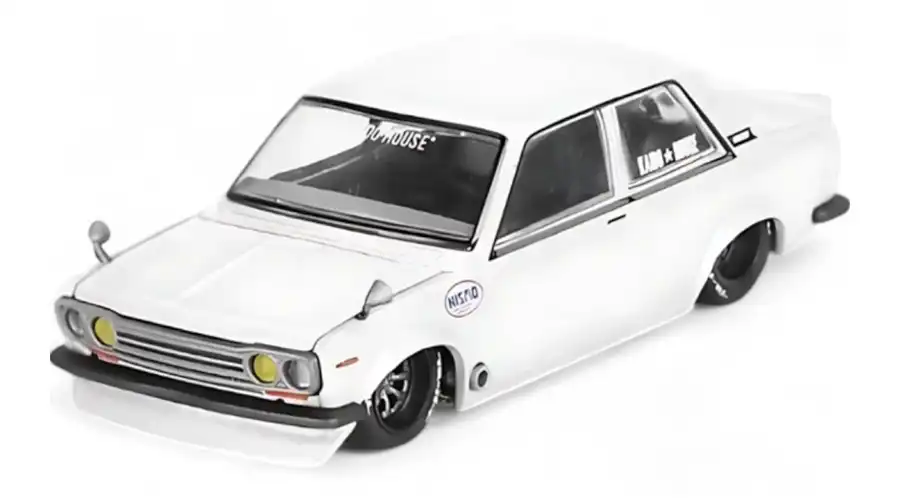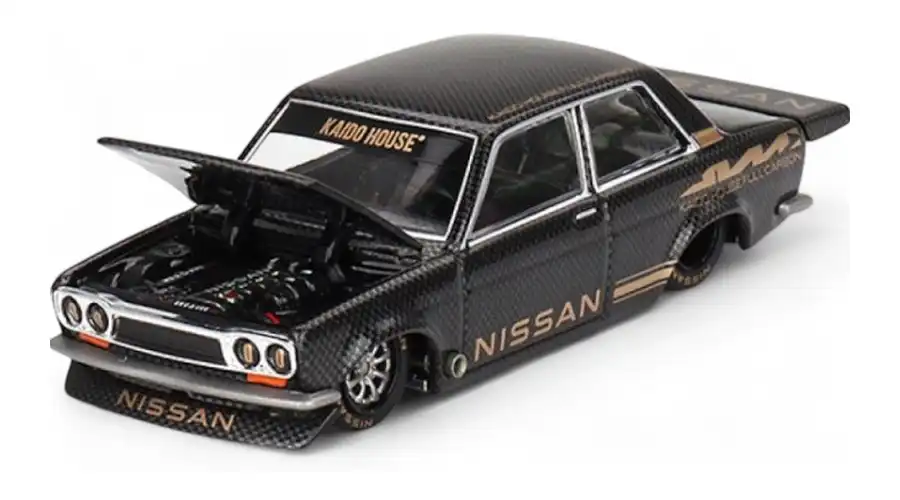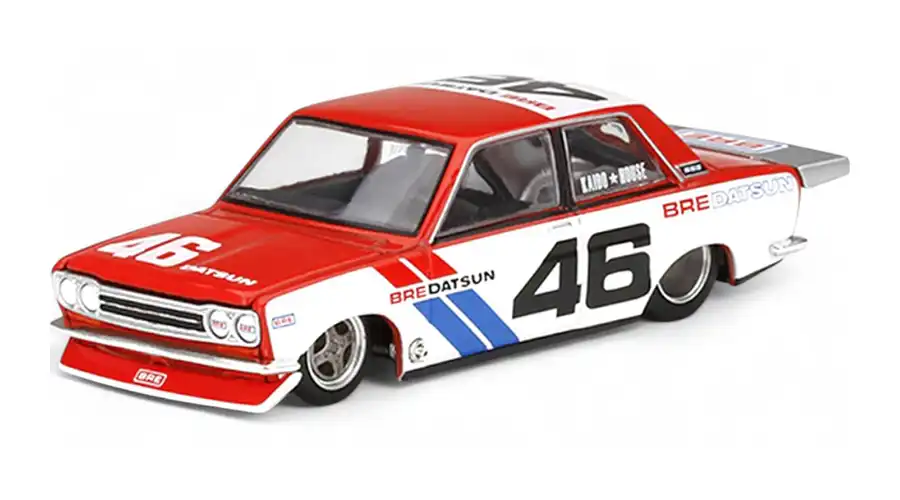The Enduring Legacy of the Datsun 510 Sedan
The Datsun 510 sedan, a vehicle that first graced the automotive landscape in the late 1960s, holds a special place in the hearts of car enthusiasts worldwide. Its blend of affordability, engaging driving dynamics, and robust engineering made it a standout in its era and continues to resonate with collectors and drivers today.
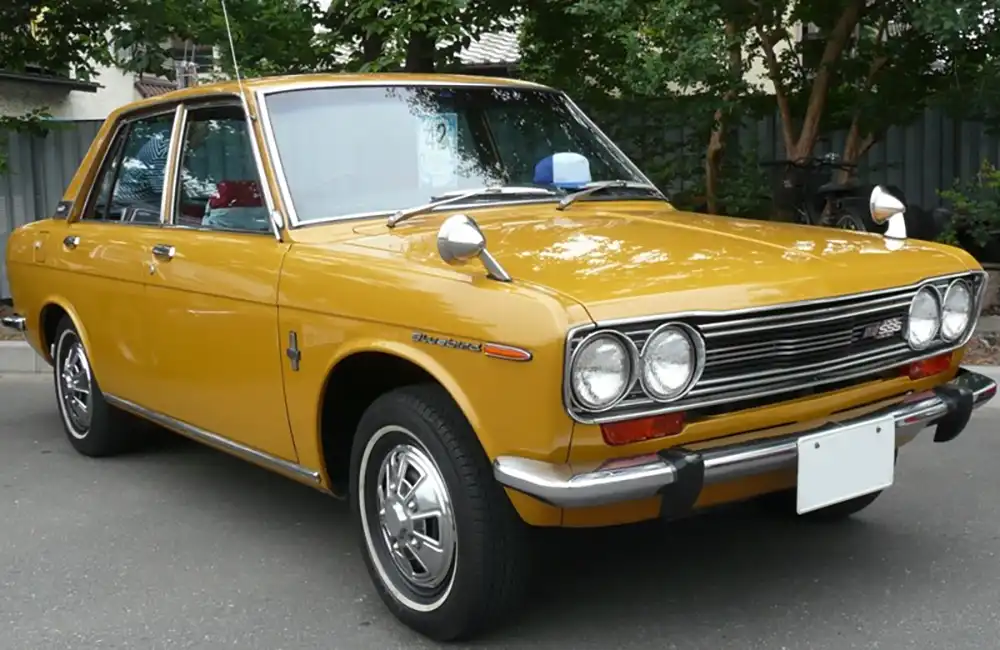
Development and Generations
The Datsun 510 was part of the Nissan Bluebird series. Its arrival in the United States for the 1968 model year marked a significant step for the Japanese automaker in the international market. Initially offered as a four-door sedan and a station wagon, a two-door coupe joined the lineup later. Outside the U.S. and Canada, the 510 was often sold as the Datsun 1600, or with other engine displacement designations like 1300, 1400, 1500, and 1800, depending on the market.
The engineering of the 510 was notably inspired by contemporary European sedans, particularly the BMW 1600-2. This influence was evident in its adoption of an overhead camshaft (SOHC) engine and a fully independent suspension system, featuring MacPherson struts at the front and semi-trailing arms at the rear. This setup provided a level of handling and ride quality that was uncommon for cars in its price range at the time. The clean and unpretentious styling of the 510 is credited to Nissan’s in-house designer, Teruo Uchino, marking a departure from the Italian-influenced designs of its predecessors and establishing a distinct Datsun design language.
The primary generation of the Datsun 510 spanned from its introduction in 1968 until 1973. While there weren’t distinct “generations” in the traditional sense of major redesigns during this period, there were some evolutionary changes and different body styles introduced. The core of the 510’s appeal remained consistent throughout its initial production run. In the U.S. market, the four-door sedan was eventually dropped in favor of the newer PL610 series cars for the 1974 model year.
Public Acceptance
The Datsun 510 was met with considerable enthusiasm by the public. It was often lauded as the “poor man’s BMW” due to its relatively affordable price point coupled with its spirited performance and handling capabilities. For roughly two-thirds the cost of a BMW, buyers could get a well-built, economical sedan that was genuinely fun to drive.
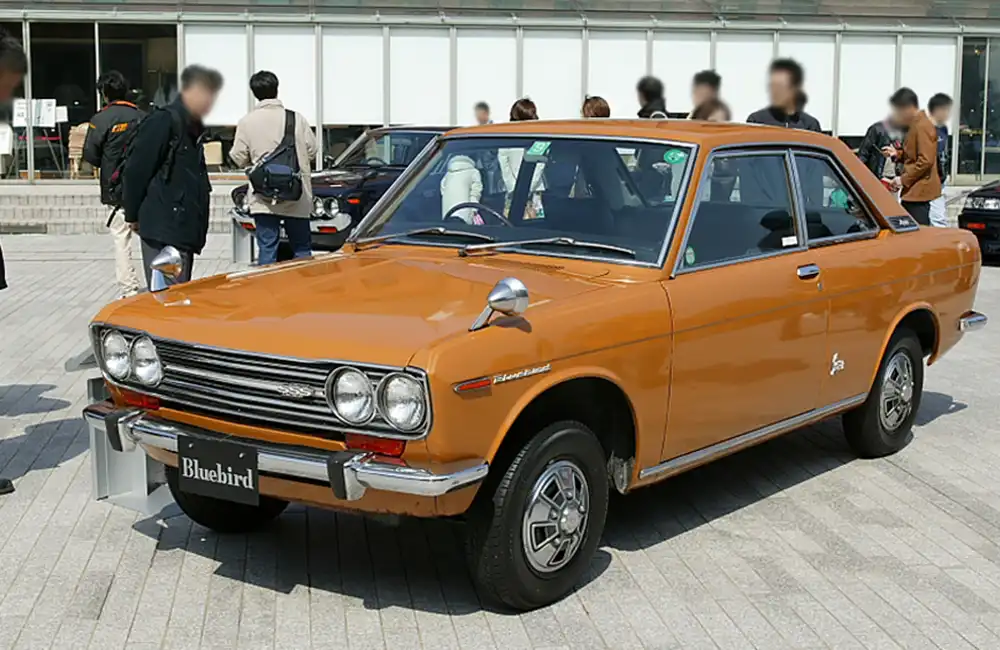
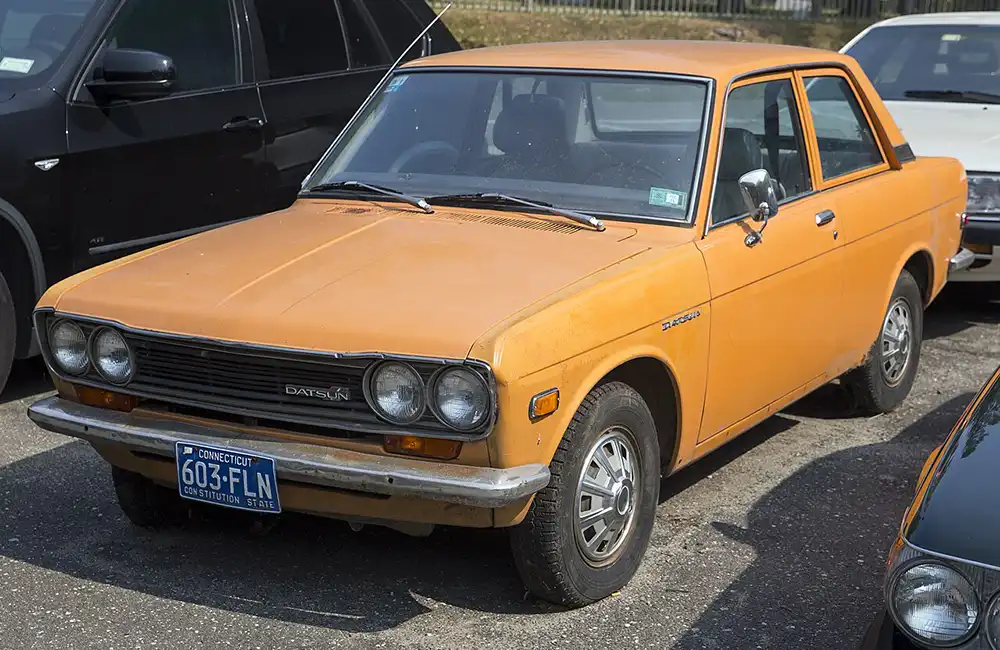
Several factors contributed to its positive reception:
- Performance and Handling: The independent suspension gave the 510 impressive cornering abilities, setting it apart from many of its contemporaries that relied on less sophisticated rear suspension setups. Its peppy engine, often a 1.6-liter SOHC unit producing around 96 horsepower, provided a lively driving experience. Some markets even received versions with twin carburetors, boosting power closer to 110 horsepower.
- Value for Money: The 510 offered a compelling combination of features and performance at an accessible price. It was comparable in price and running costs to cars like the Volkswagen Beetle but offered significantly better straight-line speed and more engaging handling.
- Motorsport Success: The Datsun 510 quickly gained a reputation as a formidable competitor in various forms of motorsport, including rallying and touring car racing. Its robustness, reliability, and excellent handling made it a favorite among amateur and professional racers alike. The successes of teams like Brock Racing Enterprises (BRE) in SCCA Trans-Am championships further boosted the car’s image and public appeal.
- Practicality: Despite its sporty demeanor, the 510 was also a practical family car, offering seating for five and a usable trunk. The availability of a station wagon version further enhanced its versatility.
- Lasting Appeal: Even after its initial production run ended, the Datsun 510 has maintained a strong following. Its simple yet attractive design has aged well, and its robust mechanicals make it a popular choice for restoration and modification projects. The 510’s legacy is such that Nissan later reused the “510” name in North America for the unrelated 1978-1981 Nissan Stanza, though this attempt to recapture the original’s glory was not as successful.
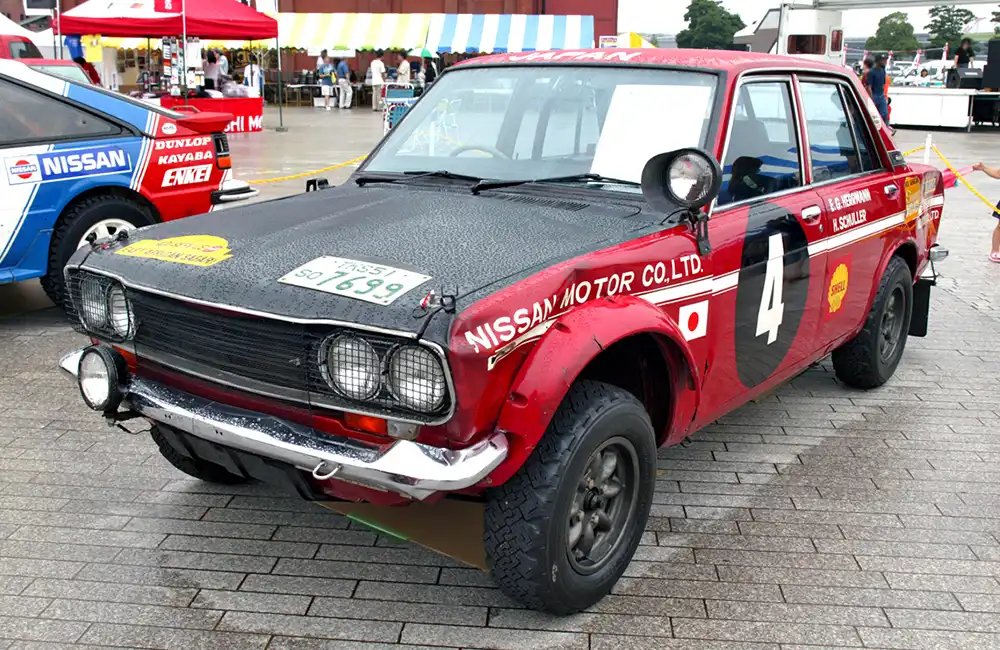
The Datsun 510 sedan stands as a testament to the idea that an affordable car can also be engaging and well-engineered. Its impact on Nissan’s success in the global market is undeniable, paving the way for future generations of popular and respected vehicles. Today, the 510 is a beloved classic, cherished for its historical significance and the sheer joy it offers to drive.
The Miniatures
click here to find Datsun 510 diecast models at Amazon
Ignition Model 1/18

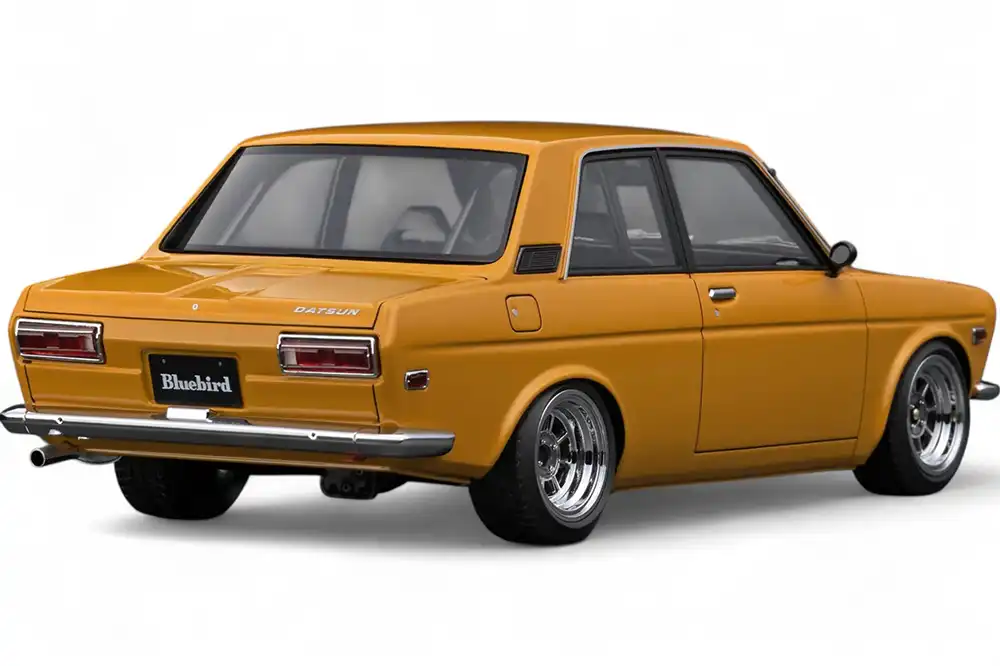
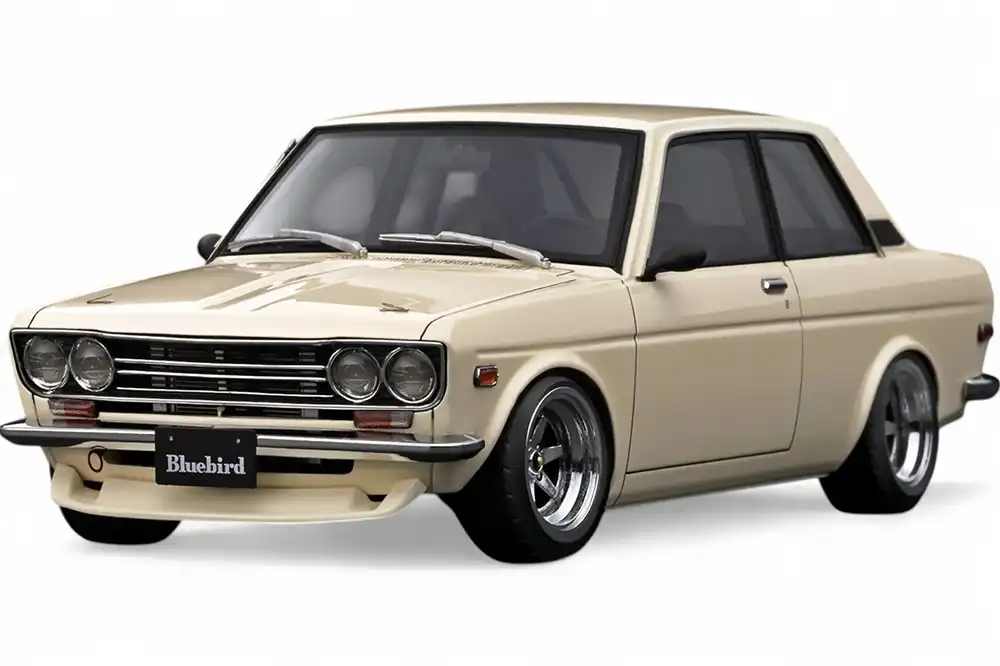

Maisto 1/24
Maisto 1/24 (assembly kit)
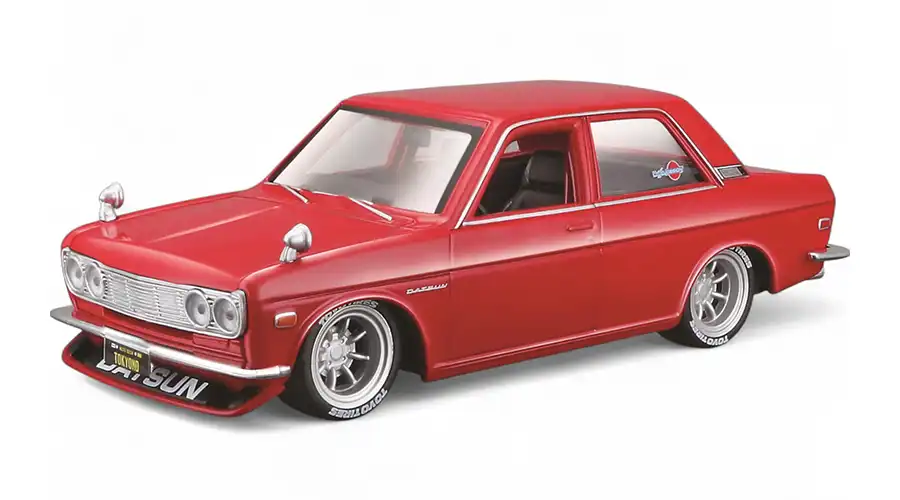

Kaido House Mini GT 1/64
Tarmac 1/64
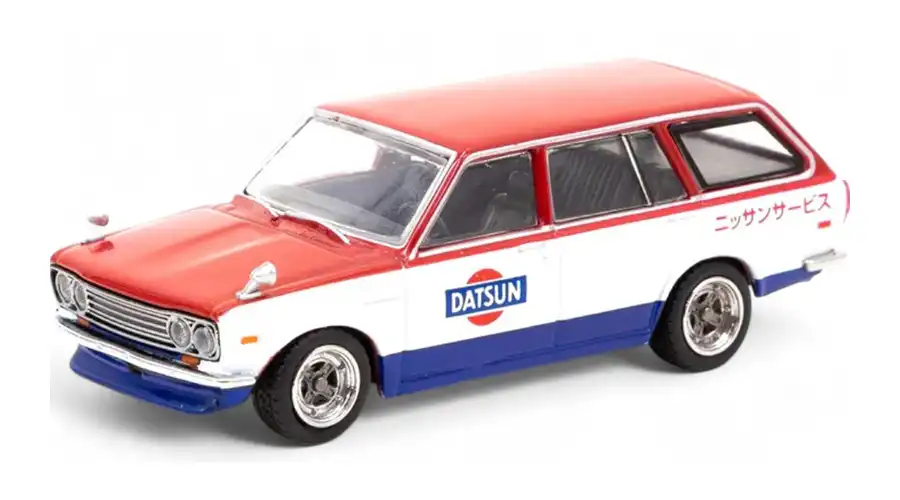
Hot Wheels 1/64
